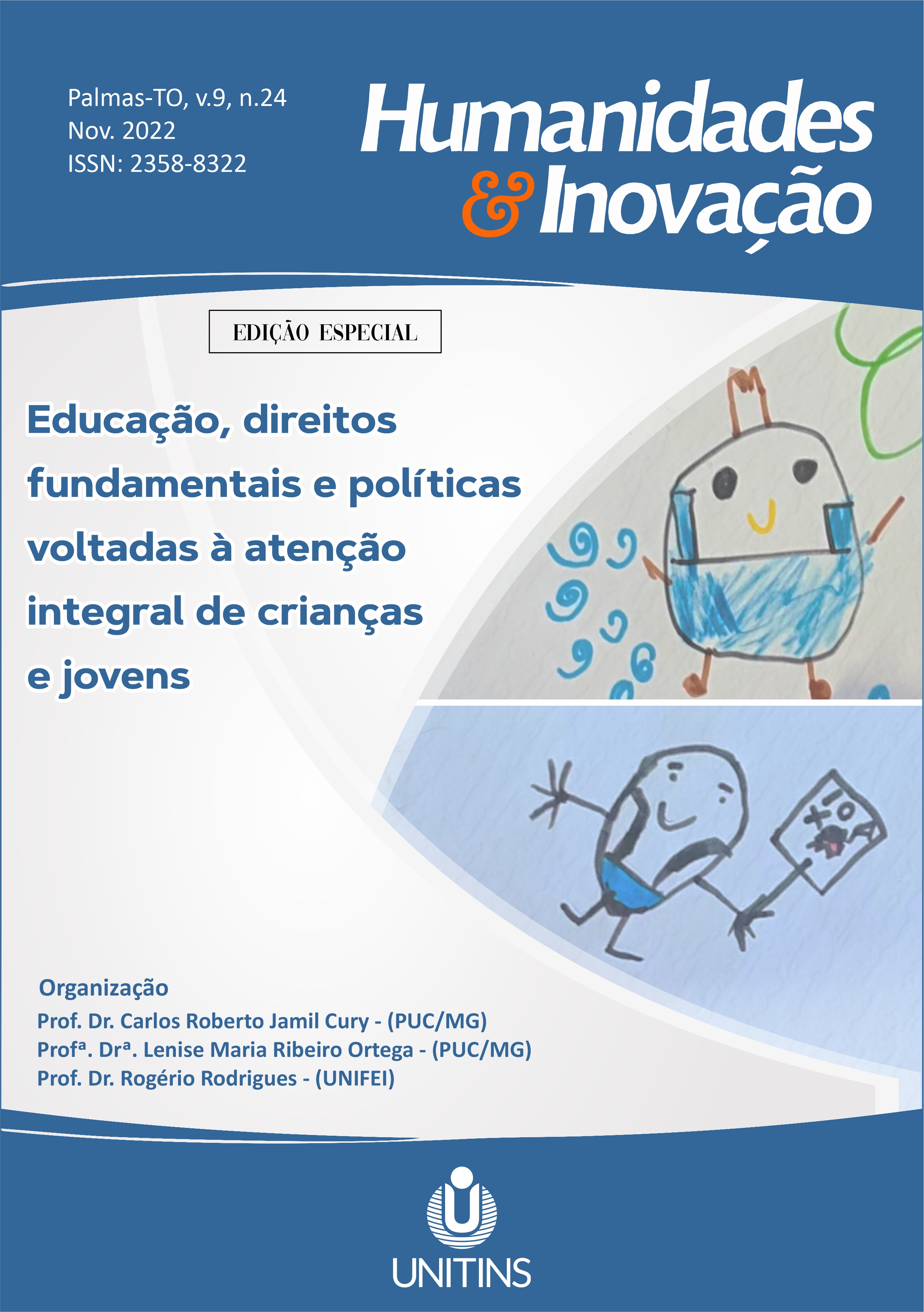STATUS OF CHILD AND YOUTH LABOUR IN ODISHA STATE- AN ANALYSIS
Abstract
Labour, at all times, has been recognised as a separate factor of production. Here an effort has been made to analyse the status of child & youth labour in Odisha. The role of Government and other organizations has been critically examined. It is an empirical-analytical study. The data for the study were collected both from the Primary & Secondary sources. The findings show the improvement in their livelihoods by the receipts of remittances and benefits. This study may be helpful to the students, researchers and policy makers to design and implement future development programs, policies and strategies for the welfare of the labour class.
References
MINISTRY OF LABOUR; EMPLOYMENT, Government of India. Manual for Implementation of NCLP, 2006.
MINISTRY OF LABOUR; EMPLOYMENT, Government of India. The Child Labour(Prohibition and Regulation) Act.1986.
MISHRA, Dr.R.N.Problems of Child Labour in India. Commonwealth Publishers, New Delhi, 2004.
NANDA, Samir Kumar. Labour Scenario in Odisha. Odisha Review, LXXIII(10),I& PR. Department, Govt. of Odisha, 2017.
Nanda, Dr. Samir Kumar. Give My Childhood. Bhubaneswar, Publishing House, 2016.
ORISSA REFERENCE ANNUAL. Geography of Orissa, Bhubaneswar Information & Public Relation Department, Govt. Of Orissa, 2009.
STAKEHOLDERS TRAINING FOR NCLP OFFICIALS.Bhubaneswar Labour & ESI Department and International Labour Organisation, 2012.
www.labour.gov.in-schemes-child labour-census data
www.labdirodisha.gov.in-child labour
www.labdirodisha.gov.in-sli
https://labour.gov.in/sites/default/files/OM_CSS_Rehab_BL_2016_1
www.vvgnli.gov.in
https://labour.gov.in/childlabour/childrens-mainstreamed
https://labour.gov.in/childlabour/list-districts-sanctioned-under-nclp-scheme
http://164.100.24.220/loksabhaquestions/annex/171/AU345.pdf
https://www.ilo.org/wcmsp5/groups/public/---ed_norm/-ipec/documents/publication/wcms_797515.pdf
Copyright Notice
The submission of originals to this periodic implies in transference, by the authors, of the printed and digital copyrights/publishing rights. The copyrights for the published papers belong to the author, and the periodical owns the rights on its first publication. The authors will only be able to use the same results in other publications by a clear indication of this periodical as the one of its original publication. Due to our open access policy, it is allowed the free use of papers in the educational, scientific and non-commercial application, since the source is quoted (please, check the Creative Commons License on the footer area of this page).











